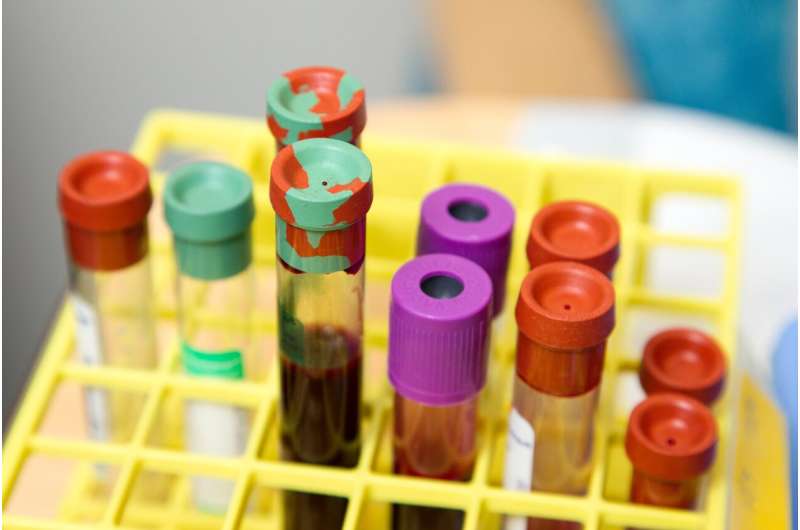Existing MS Medication Shows Promise in Enhancing Bone Healing

A study from the University of Arizona reveals that a drug used for multiple sclerosis may significantly accelerate bone fracture healing, opening new possibilities for orthopedic treatments.
Recent research conducted by scientists at the University of Arizona College of Medicine—Tucson suggests that a drug originally used to treat multiple sclerosis (MS) could have a new application: speeding up the healing of bone fractures. The study indicates that the medication, known as 4-aminopyridine (4-AP), which is currently approved for helping MS patients improve mobility, can also promote faster and stronger bone repair in animal models.
Bone healing is typically a slow process that can significantly impact individuals' daily lives, causing extended periods of disability and absence from work. The research team’s findings are promising because they point toward a potential therapeutic approach to enhance bone regeneration, reducing recovery time and improving outcomes.
In their preclinical studies, the researchers observed that mice treated with 4-AP exhibited quicker and more robust healing of leg fractures compared to untreated controls. The treatment led to increased bone mass, decreased intermediate cartilage, and overall accelerated healing. Notably, the bones that healed after 4-AP treatment were stronger, suggesting improved structural integrity.
The mechanism behind these effects appears to involve the promotion of bone mass and the stimulation of collagen deposition and mineralization processes—crucial steps in bone repair. The study found increased levels of BMP2, a protein essential for bone formation, at the fracture sites. Both in vivo experiments with mice and in vitro studies using human bone cells showed that 4-AP boosts the production of BMP2 and enhances the activity and growth of osteoblasts, the cells responsible for new bone formation.
Since 4-AP is approved for managing neurological conditions involving impaired signal transmission from the brain and spinal cord, its safety profile is already established, paving the way for future clinical trials in bone healing. The researchers envision that leveraging the body's natural BMP2 production through 4-AP could lead to novel treatments that accelerate bone repair while minimizing side effects associated with current therapies.
This groundbreaking research opens new avenues for addressing one of the major challenges in orthopedics—slowing bone healing. It highlights the potential for drug repurposing strategies to find innovative solutions that benefit multiple aspects of health, especially for those recovering from fractures or other bone injuries.
Stay Updated with Mia's Feed
Get the latest health & wellness insights delivered straight to your inbox.
Related Articles
Innovative Microbeads Offer Non-Invasive Weight Loss Solution in Animal Studies
New plant-based microbeads developed by researchers offer a safe, drug-free approach to weight loss by binding dietary fats in the gut. Initial animal studies show promising results, paving the way for human trials.
How Primary Care Clinics Can Play a Key Role in Combating the Opioid Crisis
Primary care clinics play a vital role in combating the opioid crisis by expanding access to medication-assisted treatment, reducing stigma, and integrating comprehensive substance use disorder care within primary care settings.
Promising Results from National Trial for Rare Blood Cancer Treatment
Early results from a national clinical trial indicate that a combination therapy may significantly improve outcomes for patients with the challenging blood cancer, CMML, offering new hope for long-term remission.
Innovative Technique Tracks Cancer Cell Evolution from a Single Tissue Sample
A new method from DKFZ researchers enables the reconstruction of cancer cell evolution from a single tissue sample, opening new possibilities for early detection and intervention in cancer development.



